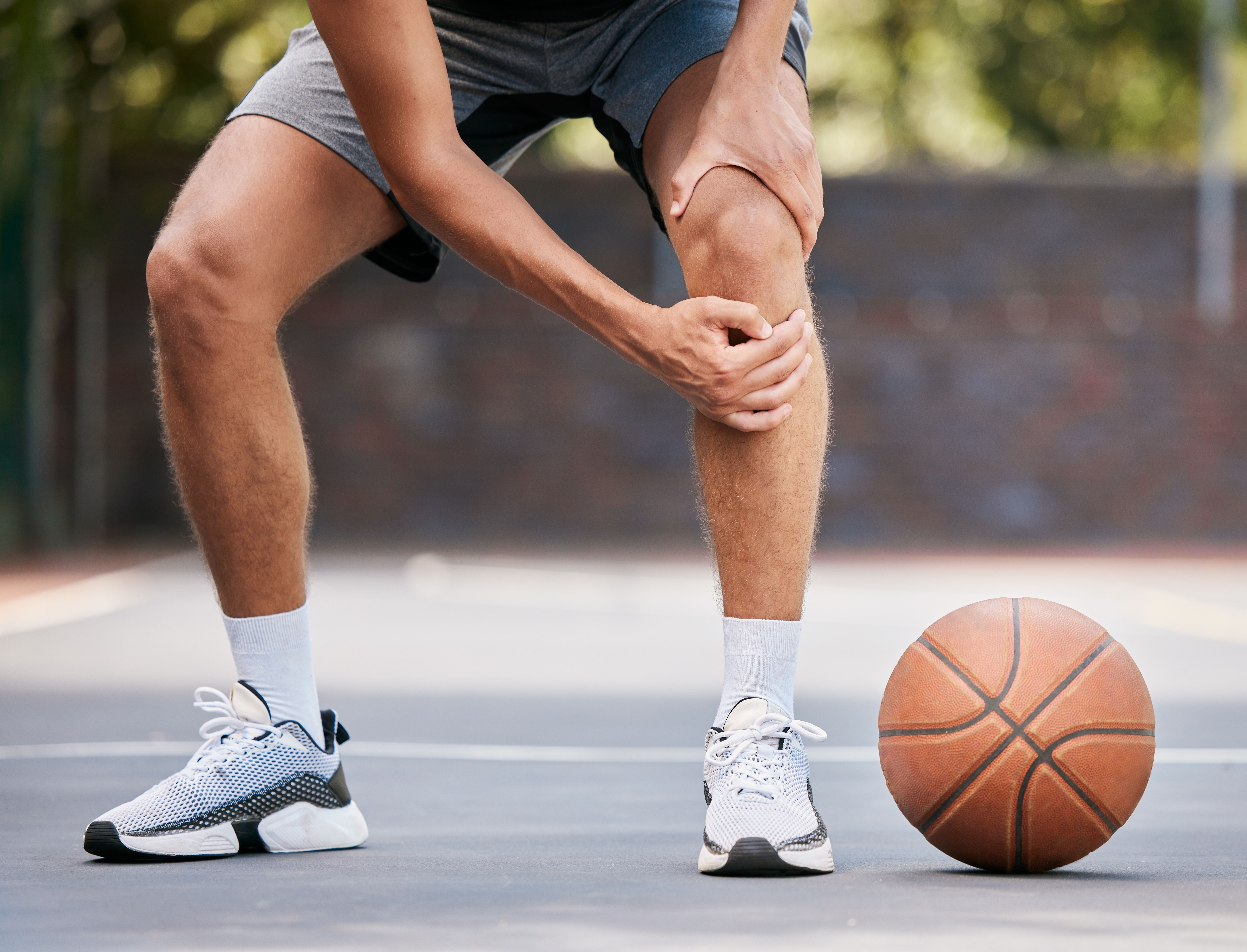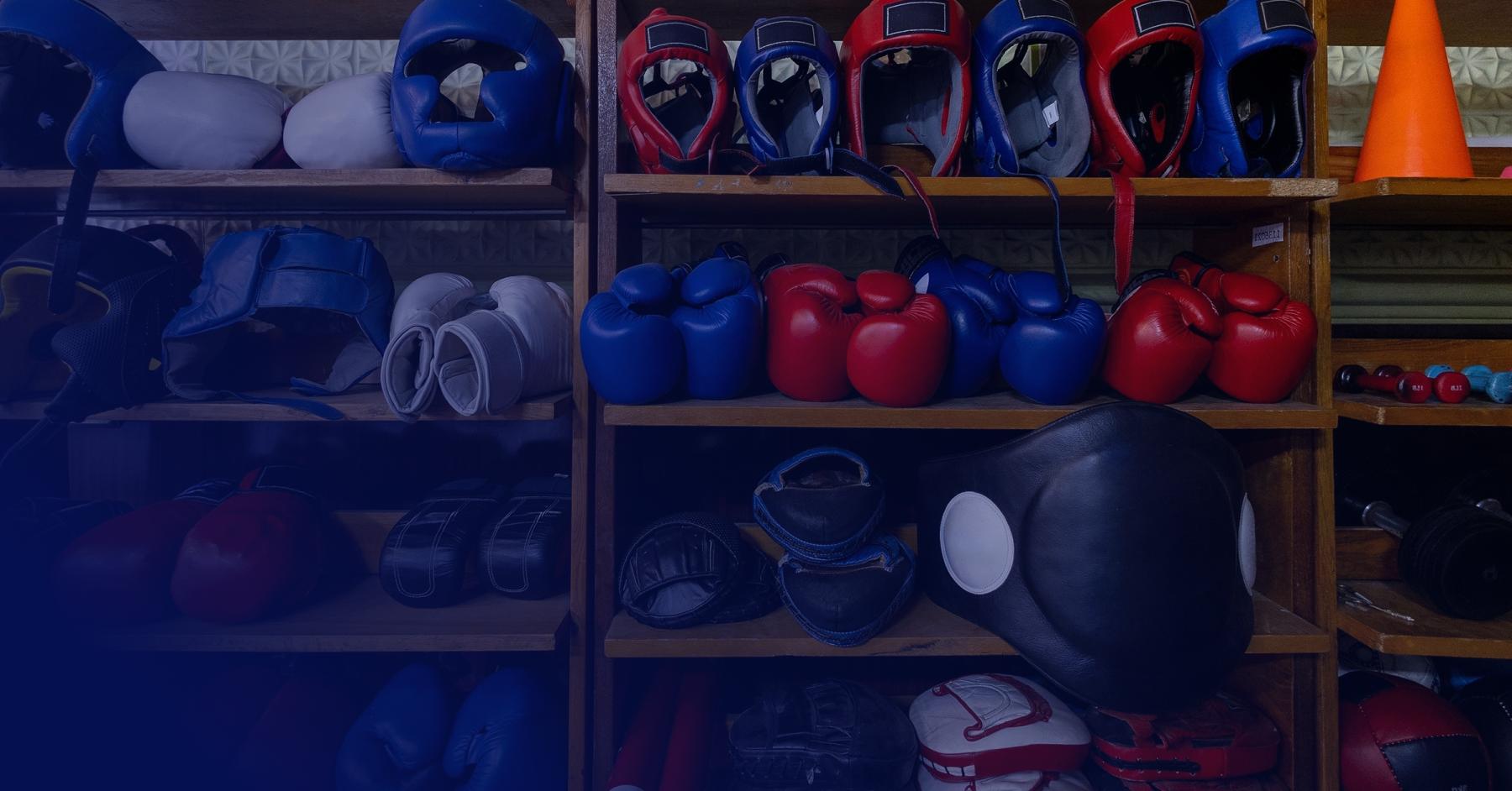What is a Torn ACL?
Knee Injuries

The ACL is one of the most important ligaments in the knee, but it’s also the most vulnerable to injury.
The structure of your knee is a complex combination of ligaments, tendons, and bones. Perhaps one of the most important components is the anterior cruciate ligament, or ACL. One of four major ligaments in the knee, the ACL runs along the center of the joint and stabilizes the knee when you move forward and back. Because of its key ability to control knee movement, the ACL is also susceptible to injury — chiefly ACL tears.
According to a report from the National Institutes of Health, the ACL is the most commonly injured knee ligament, with an estimated 400,000 ACL reconstructions performed every year. Let’s explore ACL tears and what you can do about them.

Who is most likely to suffer an ACL tear?
Athletes who play sports requiring jumping or sharp, sudden pivoting actions, such as soccer, football, and basketball, stand the greatest chance of an ACL tear. Recently, an ACL tear ended the season of baseball star Ronald Acuña Jr. However, non-athletes can suffer a torn ACL as well if they get involved in an accident that significantly wrenches their knee out of place.
If the ligament is stretched but not torn, it’s considered a ligament sprain. Meanwhile, ACL tears are classified into two types: partial tears, in which the ligaments are damaged but not completely ruptured, and full tears.
At the time of a tear, some people hear a popping sound followed by swelling and pain. The knee may also buckle when putting weight on the joint. Symptoms vary depending on the severity of the tear, meaning mild tears or sprains cause more mild symptoms.
Treating an ACL tear
If you think you’ve suffered an ACL tear, your first line of treatment is RICE: Rest, Ice, Compression, and Elevation. Taking non-steroidal anti-inflammatories can also help reduce the pain.
Lingering pain and swelling must be evaluated by a doctor as they indicate a serious injury. To diagnose an ACL tear, a doctor will assess the knee’s range of motion. Additionally, an MRI may be ordered to examine the status of the ACL.
Athletes who have suffered a complete rupture of the ACL typically require surgery to reconstruct the ligament. During this procedure, the damaged ligament is removed, and a tendon is grafted into its place. It can take up to a year for a full recovery from this operation, which is why it’s mostly reserved for serious athletes. Without surgery, other parts of the knee, such as the menisci (the cartilage cushioning the knee joint), may be vulnerable to injury. There is also a heightened risk of arthritis.
Less active people benefit from conservative, non-surgical treatments to get the knee back to full mobility. Physical therapy to strengthen the muscles around the knee can rehabilitate the joint. However, always consult a doctor for advice as they will discuss the best option for you.
Three ways to prevent an ACL tear
Whether you’re a dedicated athlete or just someone who wants to preserve their healthy knees, you can take measures to protect the delicate ACL from injury. Here are three ways to keep your knees strong and to prevent a potential tear.
- Strengthen your IT band. Your iliotibial band, or IT band, is a thick rope of fibrous tissue running from the hip to the knee. The IT band helps stabilize your joints and gives you the ability to rotate and extend your knee. Therefore, a strong IT band is vital for knee health. Exercise can help strengthen the IT band and the stability of your knee. One to try is the leg stretch: Stand upright with your legs crossed. Place your painful leg to the rear. Lean away from the affected side so you feel a stretch along the outside of your leg. Hold for 30 seconds and repeat five times.
- Build up your core and leg muscles. Strengthening the muscles of the legs, hips, pelvis, and lower abdomen is key to preventing knee injuries. Squats are good exercises to do just that: Start by standing with your feet hip-width apart. Sit back and bend from your hips and knees. Keep your chest high and your buttocks out. Your knees should be behind your toes while your knees and feet face straight in front of you. Squat on one leg, but be sure not to let your knee turn inward.
- Sharpen your technique. Many ACL tears occur due to poor technique. Work with a trainer on the proper positioning when you jump so you don’t land awkwardly. Pivoting the right way can also prevent ACL tears.
Keep your knees in shape
Your knees are so important, so take care of them! At All Sports Physical Therapy, our therapists work with every patient to ensure strong and healthy knees with exercises tailored just for you. Contact us today for a consultation.



